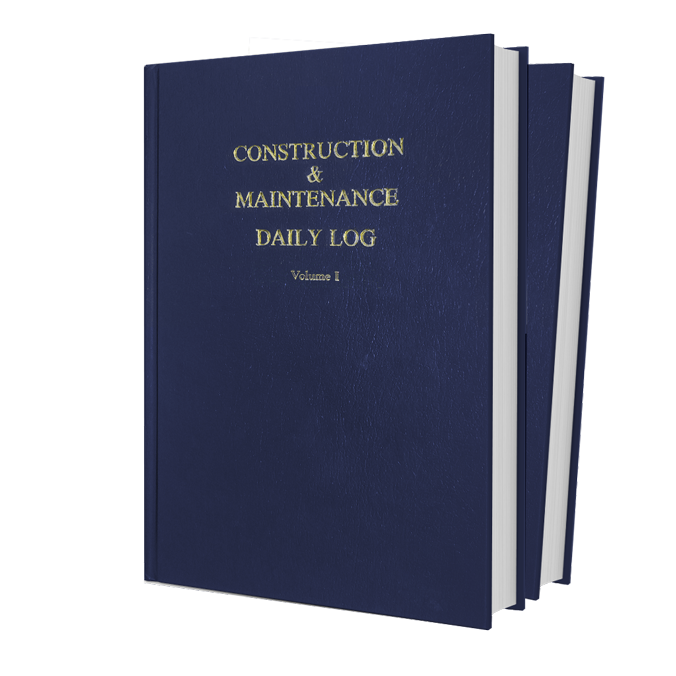|
Following a four-month international search, the Storefront for Art and Architecture has named Eva Franch i Gilabert its new director. The announcement came on May 10, after the organization’s board vetted more than 70 contenders, according to Storefront’s Web site, acknowledging the “overwhelm[ing] breadth and depth of candidates who applied from around the world.”
A Catalan architect, researcher, and teacher, Franch i Gilabert, 31, is founder of the solo practice OOAA (office of architectural affairs). During the past two years, she directed the Masters Thesis studio at Rice University, where she received the Worthman Fellowship. She has also taught at the University of Buffalo, where she won the Peter Reyner Banham Fellowship.
Franch i Gilabert earned a Master of Architecture with honors in 2003 from Escola Tècnica Superior d’Architectura, in Barcelona, and an M. Arch. II from 2007 Princeton University, where she received the Suzanne Kolarik Underwood Prize.
An award-winning paella maker and former competitive figure skater, she has been a dynamic teacher, often zipping around campus on roller blades. As her fellow Rice faculty member Carlos Jiménez described her: “Eva is a force of nature—in the most positive sense. She even dresses in wild colors, like a character out of Almodóvar films. When she enters a room, she animates it.”
Sarah Amelar: It’s widely known that you were up against stiff competition for the directorship of Storefront. Do you have any sense of what may have distinguished you as a candidate?
Eva Franch i Gilabert: That’s a tricky question because I do not know the other candidates. I see myself as an entrepreneur, meaning a person who, even in the most familiar or adverse surroundings, senses opportunities for invention. To be the director of Storefront is certainly an opportunity for invention, requiring a high degree of entrepreneurship. I am an optimist, not because I see the glass half full instead of half empty, but because I see what is in the glass as water to play with. More than recognizing inherited values and conditions, it’s about finding the means to make reactions happen.
SA: What vision for Storefront did you propose to the search committee?
EFG: Futures, I proposed the construction of futures. As a society, we face environmental, political, and economical moments of crisis, where the acquired knowledge of the past is unable to react to the present to allow for creative, rather than preconditioned, coexistence. Moments of crisis are moments of redefinition, when institutionalized realms open up to experimentation and cultural debate. Storefront was born just after the second oil crisis, out of a desire to foster debate and innovative positions in art, architecture, and design, to influence the quality of life and future of all cities.
Now almost 30 years old, Storefront—with its great archive of past “futures”—must produce vectors of desire to shape the future yet again.
The utopian desire, the image-ability of possible futures and poetics of new social expressions, are now poised for direct experimentation, more than ever before. Whereas the radical projects of the ’60s in art and architecture produced exuberance, the current trend seems to have just one color: hegemonic, institutionalized “green.”
I see an urgency for a spectrum of “colors.” I want to introduce more characters into the contemporary discussion—for highly productive disagreements. The task here is to produce ground for different thinkers, including non-Western models. And not exclusively about art and architecture. Anthropologists, philosophers, scientists, politicians, dancers, cooks, filmmakers, builders, writers, and…. I believe everyone is an architect; everything can be art.
SA: You have said you “look forward to unveiling, unearthing and spotlighting that which is on the edge” to provide new ground for production. What sorts of “edges” intrigue you most?
EFG: Storefront is on the edge of the art and architecture scene in New York—and within the world. The edge condition allows for multiplicity of viewpoints and inquiry, and is very interesting for its double ability to look—with the same attitude—toward established centers of power and the scattered pieces at the periphery. The edge is always changing, never static. Its foundational principle is exchange, redefinition, and conflict.
Even in purely physical terms, Storefront’s facade is simultaneously interior and exterior, of the street and of the gallery, negotiating between ephemeral and established notions within our built environment. And that embodies the essence of Storefront.
The street is about the moment, the event, timelessness, amnesia, while the museum—and the gallery, to a certain point—constructs time and memory. I am interested in hybridization more than display, in asking questions rather than answering them, in experimental modes of representation that question notions of spectatorship and cultural consumption and propose active citizenship.
SA: What was your previous curatorial experience?
EFG: In 2007, I curated Doubts on Architecture, an exhibition for FAD Barcelona. I asked a range of architects and thinkers to address new ways of creating and thinking critically about architecture.
I am not a professional curator. And I realized Storefront was not searching for that. I am a curator of ideas and characters. As I told the committee, once I enter into a space of confinement, expectation, or possibility, I find the freedom to operate at the highest level.
In directing the Masters Thesis studios at Rice, I considered myself a midwife, helping bring ideas out from inside. That is what I consider my greatest curatorial experience.
SA: Why did you choose to change your career trajectory—from teaching and practicing architecture to directing an exhibitions venue?
EFG: I am not a person who likes to follow preconceived ideas of what careers are or what a path should be. I think of myself as a constructor of the built environment. It was very productive for me to be in academia. Now I am not making a career change, but channeling my energies. For me, Storefront brings together pedagogical inquiry and architectural practice.
SA: Tell us about your architectural practice.
EFG: My practice is not about facilitating imperant ideologies or dictating new ones; not about creating an infant terrible that reacts against everything; nor about constructing icons. I am not an enabler, an agitator, or an iconographer. I am a utopianizer: an architect that doubts current power structures and envisions a process, a path, from which to establish a new paradigm and then build on it.
I believe constructions can, and do, exist as texts, films, buildings, laws, or images. A constructed building is not necessarily the goal.
I have built several imaginary and real projects, from entire continents to material details. In the Ebro Delta (where I come from, 200 kilometers south of Barcelona), this work includes a fence, a pair of houses, and, in the near future, a dune observatory, proposing notions of destination as path and reality through mirage.
I am always interested in finding ways to render you naked from your preconceptions, misunderstandings, and set ideas. I am an architect, a cook, a thinker—all with the same philosophy, of providing a sphere of discussion. That’s why Storefront is a natural evolution within my career.






Post a comment to this article
Report Abusive Comment